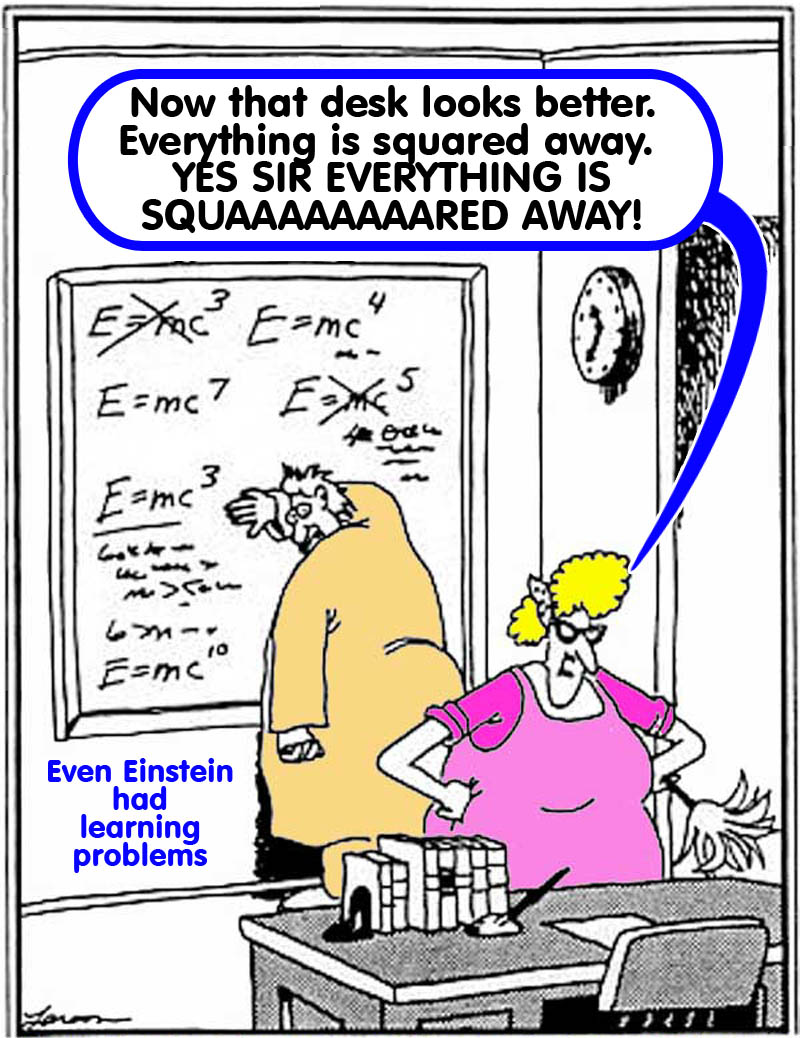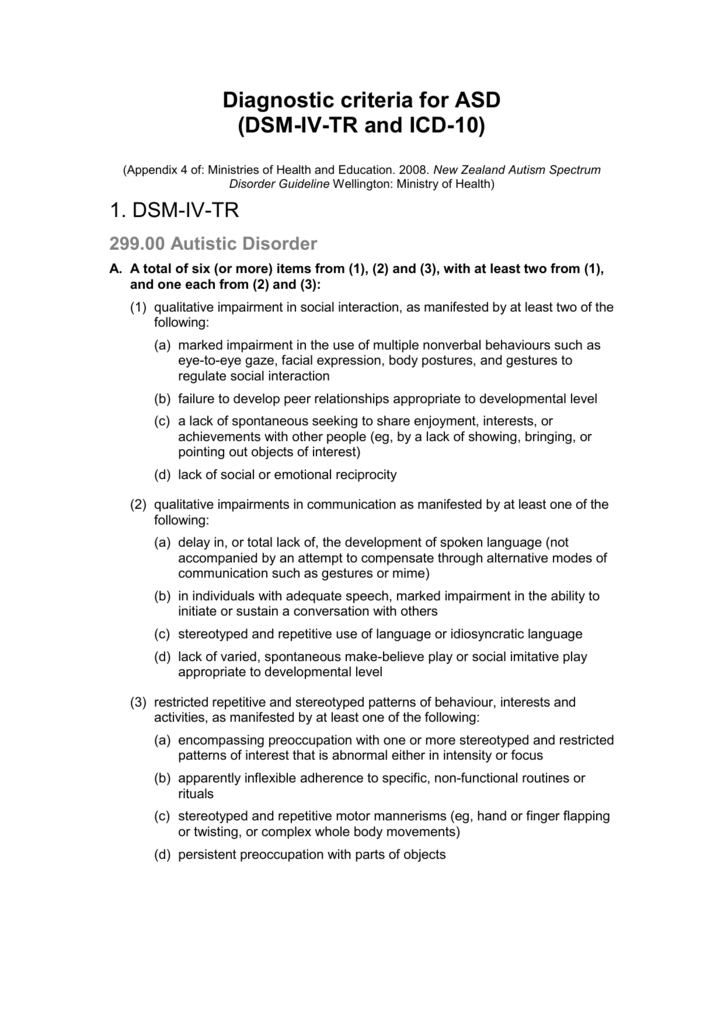

 Pervasive developmental disorder not otherwise specified (PDD-NOS), which includes atypical autism (or is also called atypical autism), and is the most common. The pervasive developmental disorders are: Ī related category is " specific developmental disorders" (SDD). The term for this group of five disorders was introduced by the American Psychiatric Association in 1980. Medication, special education, behavior modification, speech, physical occupational therapies are current treatments for PDDs. Although these symptoms are common within these individuals, the variability and severity of these symptoms can differ widely. Unusual responses to sensory information, such as loud noises and lights, are also common among these children. Symptoms may include problems with language, social interaction, and unusual repetitive behaviors. These disorders could be noticed as early as during infancy and the onset of them usually happen before 3 years of age. Pervasive developmental disorders ( PDD) is a diagnostic category refers to a group of disorders characterized by delays or impairments in communication, social behaviors, and cognitive development.Pervasive developmental disorders include Autism, Asperger's syndrome, Rett's syndrome, Childhood disintegrative disorder, and pervasive developmental disorder not otherwise specified. Geneva, Switzerland: Author.Not to be confused with PDD-NOS. International classification of diseases: Diagnostic criteria for research (10th edition). The clinical picture is not attributable to the other varieties of pervasive developmental disorders specific development disorder of receptive language (F80.2) with secondary socio-emotional problems, reactive attachment disorder (F94.1) or disinhibited attachment disorder (F94.2) mental retardation (F70-F72) with some associated emotional or behavioral disorders schizophrenia (F20.-) of unusually early onset and Rett’s Syndrome (F84.12). Preoccupations with part-objects of non-functional elements of play materials (such as their oder, the feel of their surface, or the noise or vibration they generate).Ĭ. Stereotyped and repetitive motor mannerisms that involve either hand or finger flapping or twisting or complex whole body movements ĭ. Apparently compulsive adherence to specific, nonfunctional routines or rituals Ĭ. An encompassing preoccupation with one or more stereotyped and restricted patterns of interest that are abnormal in content or focus or one or more interests that are abnormal in their intensity and circumscribed nature though not in their content or focus ī. Restricted, repetitive, and stereotyped patterns of behavior, interests, and activities are manifested in at least one of the following:Ī. lack of varied spontaneous make-believe play or (when young) social imitative playģ. stereotyped and repetitive use of language or idiosyncratic use of words or phrases ĭ.
Pervasive developmental disorder not otherwise specified (PDD-NOS), which includes atypical autism (or is also called atypical autism), and is the most common. The pervasive developmental disorders are: Ī related category is " specific developmental disorders" (SDD). The term for this group of five disorders was introduced by the American Psychiatric Association in 1980. Medication, special education, behavior modification, speech, physical occupational therapies are current treatments for PDDs. Although these symptoms are common within these individuals, the variability and severity of these symptoms can differ widely. Unusual responses to sensory information, such as loud noises and lights, are also common among these children. Symptoms may include problems with language, social interaction, and unusual repetitive behaviors. These disorders could be noticed as early as during infancy and the onset of them usually happen before 3 years of age. Pervasive developmental disorders ( PDD) is a diagnostic category refers to a group of disorders characterized by delays or impairments in communication, social behaviors, and cognitive development.Pervasive developmental disorders include Autism, Asperger's syndrome, Rett's syndrome, Childhood disintegrative disorder, and pervasive developmental disorder not otherwise specified. Geneva, Switzerland: Author.Not to be confused with PDD-NOS. International classification of diseases: Diagnostic criteria for research (10th edition). The clinical picture is not attributable to the other varieties of pervasive developmental disorders specific development disorder of receptive language (F80.2) with secondary socio-emotional problems, reactive attachment disorder (F94.1) or disinhibited attachment disorder (F94.2) mental retardation (F70-F72) with some associated emotional or behavioral disorders schizophrenia (F20.-) of unusually early onset and Rett’s Syndrome (F84.12). Preoccupations with part-objects of non-functional elements of play materials (such as their oder, the feel of their surface, or the noise or vibration they generate).Ĭ. Stereotyped and repetitive motor mannerisms that involve either hand or finger flapping or twisting or complex whole body movements ĭ. Apparently compulsive adherence to specific, nonfunctional routines or rituals Ĭ. An encompassing preoccupation with one or more stereotyped and restricted patterns of interest that are abnormal in content or focus or one or more interests that are abnormal in their intensity and circumscribed nature though not in their content or focus ī. Restricted, repetitive, and stereotyped patterns of behavior, interests, and activities are manifested in at least one of the following:Ī. lack of varied spontaneous make-believe play or (when young) social imitative playģ. stereotyped and repetitive use of language or idiosyncratic use of words or phrases ĭ. 
relative failure to initiate or sustain conversational interchange (at whatever level of language skill is present), in which there is reciprocal responsiveness to the communications of the other person Ĭ. delay in or total lack of, development of spoken language that is not accompanied by an attempt to compensate through the use of gestures or mime as an alternative mode of communication (often preceded by a lack of communicative babbling) ī. Qualitative abnormalities in communication as manifest in at least one of the following areas:Ī. a lack of showing, bringing, or pointing out to other people objects of interest to the individual).Ģ. lack of spontaneous seeking to share enjoyment, interests, or achievements with other people (e.g. lack of socio-emotional reciprocity as shown by an impaired or deviant response to other people’s emotions or lack of modulation of behavior according to social context or a weak integration of social, emotional, and communicative behaviors ĭ. failure to develop (in a manner appropriate to mental age, and despite ample opportunities) peer relationships that involve a mutual sharing of interests, activities and emotions Ĭ. failure adequately to use eye-to-eye gaze, facial expression, body postures, and gestures to regulate social interaction ī. Qualitative impairment in social interaction are manifest in at least two of the following areas:Ī. A total of at least six symptoms from (1), (2) and (3) must be present, with at least two from (1) and at least one from each of (2) and (3)ġ. the development of selective social attachments or of reciprocal social interaction ī.receptive or expressive language as used in social communication.

Abnormal or impaired development is evident before the age of 3 years in at least one of the following areas: DSM-5 Criteria for Autism Spectrum DisorderĪ.








 0 kommentar(er)
0 kommentar(er)
